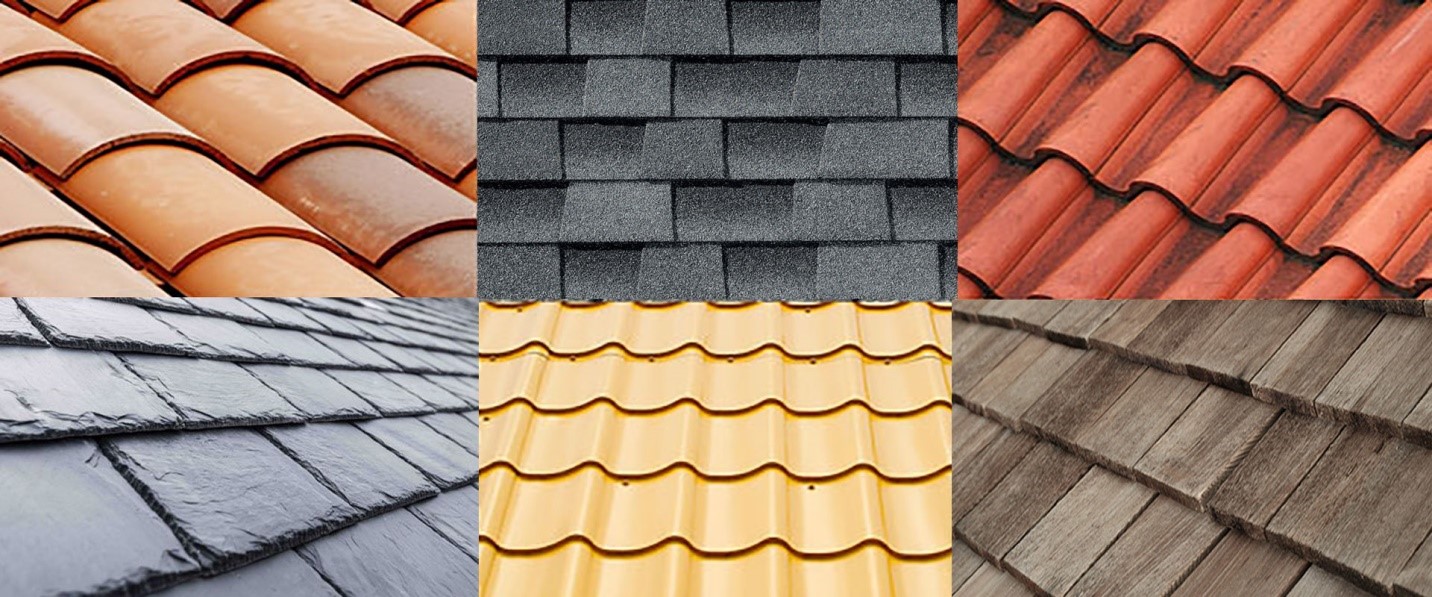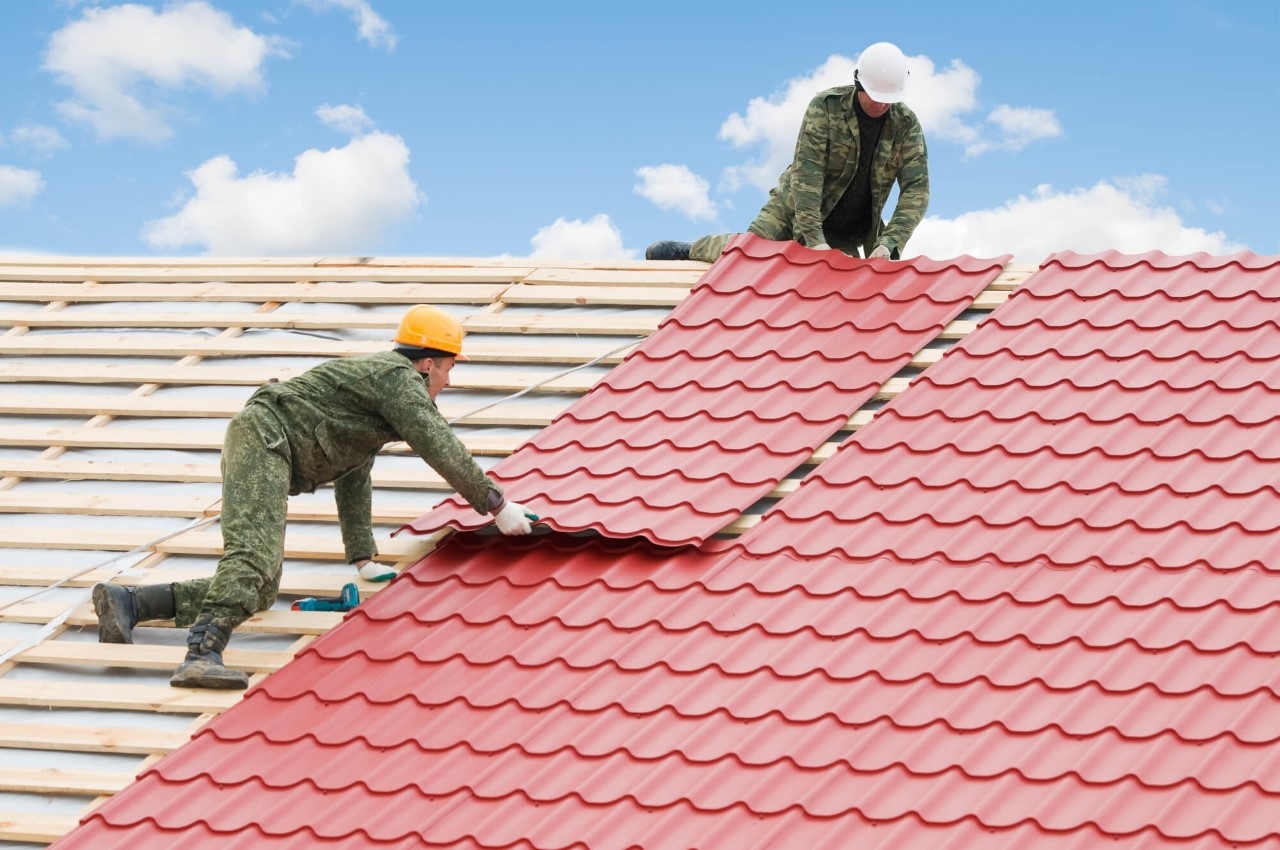It takes a lot to build a house, or any structure at all. For people doing it for the first time, it can be overwhelming and demanding. For experts in the field however, it’s just like every other day.
Before a novice embarks on the project of constructing a building, it is important that they have an idea of the processes involved to avoid getting ripped off by contractors.
Speaking of contractors, the success of a building construction project is heavily dependent on the skill and experience of the contractor hired for the job. That is why hiring a reputable contractor should be top priority when embarking on such projects.
There are two parts of building construction processes. The pre-construction processes and the ongoing construction processes. However, we will be focusing on roofing.
Pre-construction Processes
· Acquiring land
· Designing the building plan
· Estimation and budgeting
· Getting building permits and documents
· Hiring a contractor
Ongoing Construction Process
· Site clearing and excavation
· Laying the foundation
· Installing plinth beams and slabs
· Fixing the superstructure
· Masonry
· Door and window lintel
· Roofing
· Plastering
· Installation of doors and windows
· Painting
· Electrical and plumbing installations
Roofing
A roof is the part over a building that serves as a covering. Roofing is the process of constructing this covering over a building. The primary functions of a roof are to protect the internal structure of a building and give privacy and security to the occupants of the building. Click here to learn more about the functions of a roof.
In modern houses, roofs often have skylights to allow natural light flow into the building contributing greatly to its aesthetics. Communication infrastructure, chimneys, and drainages are other features that can be found on roofs.
This very important part of a building can be made with a wide range of materials. They can be made into different shapes depending on the requirements of the building and the building owner’s preference. Local climate and skill are also factors taken into consideration when making a roof.
Basic Requirements of Roofs
The following are basic requirements of a good roof;
· It should be made from a durable material suitable for roofing
· It should be waterproof
· It should have effective water drainage
· It should protect against external noise
· It should have thermal insulation
· It should properly cover all the required areas of the building.
What to Consider Before Choosing a Roofing Material

Before choosing a roofing material, the following should be considered:
· The weight of the material and malleability
· Variety of colors and design available
- Is it among the approved roofing materials by the local fire department?
- The performance of the material in weather conditions common in the area.
- The cost of the material
- The lifespan of the material
Common Roofing Materials
1. Rolled Roofing
This material is mostly used in roofing attachment buildings like sheds with sloped roofs. Its rolls are made of asphalt and mineral-impregnated materials. Individual rolls are about 10sqft and 3 feet wide.
They are inexpensive and perfect for structures where looks do not matter. They can be installed using roofing nails and other methods. The price per square foot of this material can be as low as $1.50.
2. Asphalt Shingles
Asphalt shingles are the most common roofing material in the United States today. They are made from asphalt, mineral granules, and fiberglass. They are extremely fire retardant, making them very suitable for roofing.
This material can last for as long as 30 years before a replacement is needed. Also, repairing damaged parts is very easy and convenient since a damaged shingle can easily be replaced with little effort. The cost of asphalt shingles per square feet is typically between $1.50 and $3.50 making it one of the most affordable options.
3. Slate and Clay Tiles
Slate and clay tiles give a classy and elegant look to buildings. They are very durable and are highly resistant to fire. Slates have been used in making roofs in the U.S. since the early 1700’s. When these tiles were first made, they were very expensive and could only be used by the wealthy.
Clay tiles are known to withstand extreme weather conditions that may be destructive to other roofing materials. Their lifespan can be as long as 100 years. One notable disadvantage of this material is that it is very heavy and requires a lot of work to install. Also, they are often quite more expensive than other roofing materials. Clay tiles can cost up to $18 per square feet.
4. Concrete Tiles
The process of making these tiles is very similar to that of the clay tiles. They can be made into any color depending on the buyer’s choice. Like clays, they are heavy and do well in regions with strong winds. This material is cheaper than clay, often costing a maximum price of $12.
5. Metal
Metals are mostly used in roofing industrial and commercial buildings but recently, many homeowners have developed a liking for it. This material is the lightest of all materials used in roof construction and can be made in a variety of styles and designs.
They are very versatile because they can be made into tiles, shingles, sheets, and panels. Metal sheets are also available in a wide range of colors. Like other materials, metal sheets also have disadvantages. One is that many roofing contractors aren’t experienced with this material and the ones that are tend to charge a lot. Visit https://www.roofcalc.org/15-most-popular-roofing-materials/ for more detailed roof pricing.
Roof Installation Process
1. Lower ventilation system installation
2. Underlay support tray installation
3. Underlay installation
4. Roof tile and batten measurement
5. Batten installation
6. Tile placement and laying
7. Roof ridge installation.
Conclusion
For new homeowners, it is advisable to follow up the construction process to ensure everything is done to specification. They should work hand in hand with the contractor to carry out quality checks during and after the building to be sure it is safe to be habited.
In choosing what roofing style to use for a building, homeowners should discuss with the architect before the plan is drawn because a lot of times, the roof of a building is mostly decided by the plan and structure of the building.








